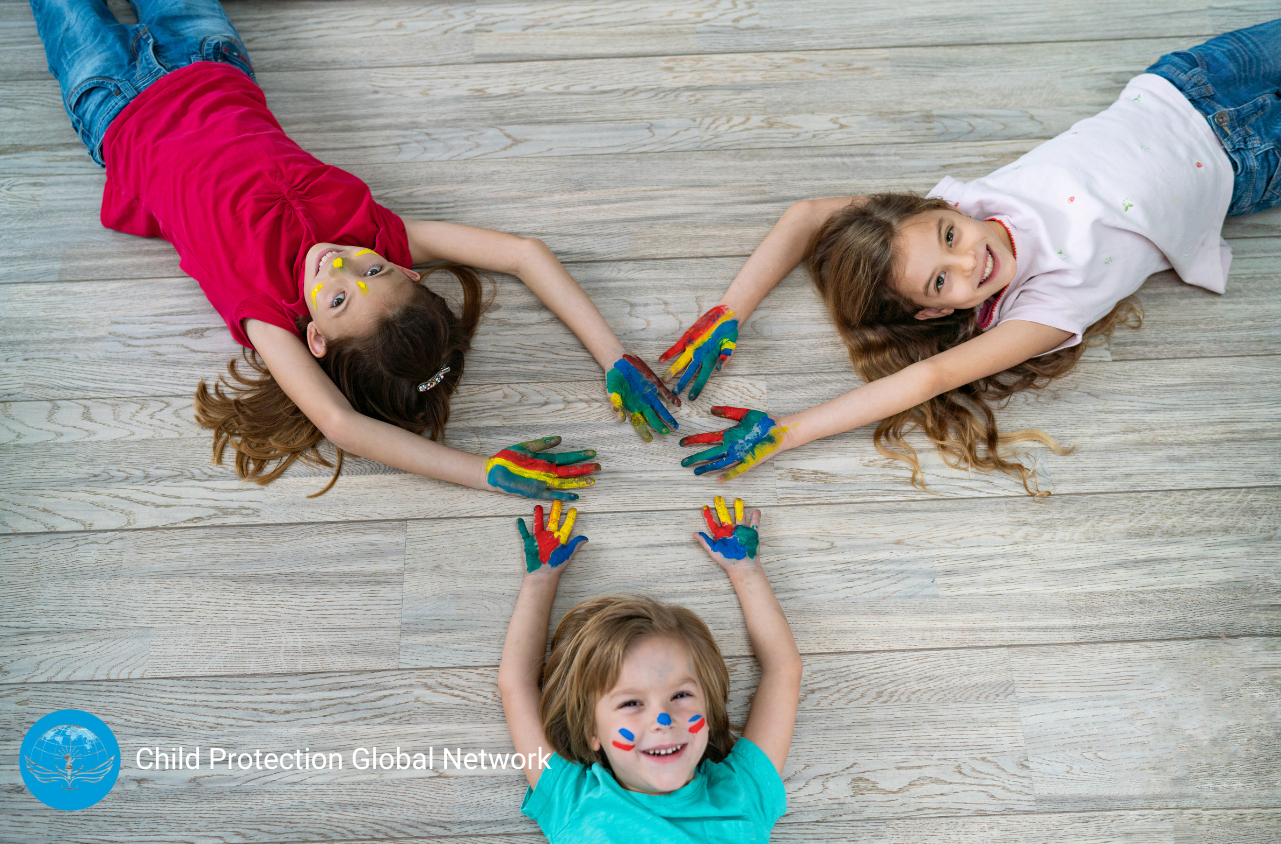10 Warning Signs of Child Abuse Every Parent Should Know

Every child deserves to grow up in a safe, loving environment. Yet, millions of children worldwide suffer from abuse, often unnoticed. Recognizing the signs of child abuse early can save a child from lasting trauma. At CPGN (Child Protection Global Network), we are committed to safeguarding children by raising awareness and empowering communities to act.
Why Recognizing the Signs of Child Abuse Matters
Child abuse isn’t always easy to see. It can be emotional, physical, sexual, or neglect—and all types can leave deep scars. Spotting the warning signs early can:
Prevent more harm
Help children get the support they need
Hold abusers responsible
By learning to recognize these signs, you become a powerful voice for child safety. Start by understanding the signs of child neglect.

10 Critical Signs of Child Abuse
1. Unexplained Injuries
Bruises, burns, or broken bones that don’t match the story given can be signs of physical abuse. Some children may also flinch when someone moves suddenly. It’s important to ask: Is corporal punishment child abuse? Knowing the difference between discipline and harm helps keep children safe.
2. Extreme Behavioral Changes
Sudden aggression, withdrawal, or fearfulness can be signs of abuse at daycare or home. A happy child becoming anxious or depressed warrants attention.
3. Fear of Going Home or to Certain Places
If a child resists going home or seeing a specific person, it could signal abuse. Pay attention to their reactions around certain adults.
4. Regressive Behaviors
Bedwetting, thumb-sucking, or sudden clinginess in older children may indicate trauma.
5. Signs of Mental Abuse
Emotional abuse is harder to spot but just as damaging. Look for:
- Low self-esteem
- Excessive guilt or shame
- Self-harm tendencies
6. Poor Hygiene or Malnutrition
Neglect often shows in unwashed clothes, untreated medical issues, or constant hunger.
7. Sexual Knowledge Beyond Their Age
Inappropriate sexual behavior or language may indicate sexual abuse.
8. Avoidance of Physical Contact
If a child recoils from touch, especially from a previously trusted adult, it’s a red flag.
9. Sudden Drop in Academic Performance
Abuse can affect concentration and motivation. Teachers may notice unexplained declines in grades or participation.
10. Protective Behavior Toward Siblings
Some abused children become overly protective of younger siblings, fearing they’ll face the same harm.
Why Early Detection Saves Lives
Many cases go unreported because people hesitate to act. But recognizing symptoms and warning signs can:
- Stop ongoing abuse
- Connect victims with counseling
- Prevent long-term psychological damage
Healing is possible when children receive the right support and care. Read how healing begins in From Trauma to Trust: Healing Children After Abuse.
Support CPGN Today
- Educate yourself and others about the signs of child abuse
- Report suspicions to child protective services
- Support organizations like CPGN that work tirelessly to protect children
At CPGN, a dedicated child advocacy organization, we believe every child deserves safety. With your help—through awareness, donations, or advocacy—we can build a world where no child suffers in silence.
Join us today. Protect a child’s tomorrow.
Your donation empowers communities to protect children. Visit cpgn.org/donate to join the fight for a safer tomorrow.
Our goal is to ensure the safety and protection of every child until it is achieved. Our goal is to support communities in protecting the future of children and promoting their welfare.

